The aviation sector is exhibiting encouraging indications of revival, indicating that air traffic will significantly rebound. Packed airports and overbooked flights are clear indicators of increased demand, and this rebound has far-reaching ramifications for the industry's employment needs. As more people take to the skies, airlines and other stakeholders must guarantee that they have an appropriate number of personnel to meet the increasing demand. Flydubai is one such example, with Flydubai, an airline presently on a massive recruiting frenzy to recruit 1,120 additional personnel in 2023.
Signs of Recovery in the Air Travel Industry
Several indicators point to the resurrection of the airline sector. Airports are becoming increasingly crowded, with lengthy queues at checkpoints and vibrant departure lounges. Furthermore, flights are routinely overbooked, making it difficult to acquire last-minute tickets. These indicators suggest a significant growth in passenger numbers as well as increased trust in air travel.
The Air Travel Industry's Workforce Demand
One of the numerous negative repercussions of the COVID-19 epidemic on the aviation sector was the large number of layoffs. Thousands of employees lost their jobs when airlines began to ground their fleets in early 2020. Now that air travel demand is recovering, the aviation workforce may be needed more than ever.
Flydubai's Hiring Spree
Flydubai, a renowned low-cost airline located in Dubai, is an excellent example of an airline taking advantage of the industry's revival. Flydubai intends to hire 1,120 more staff in 2023 to meet the growing demand for its services. The airline is working on future development, which is based on an airline that presently covers 110 destinations across the Middle East, Africa, Europe, and Asia. The airline's recruiting frenzy includes positions in a variety of areas, providing possibilities for people with a wide range of skill sets and career goals.
The massive recruiting process has already begun: since January of this year, the airline has employed 320 individuals, averaging two every day! Flydubai hopes to add 800 more members to its family by December 2023. Recruitment is open for all opportunities available in the aviation industry, from pilots and cabin crew to maintenance technicians and office-based employment.
Opportunities in the Air Travel Industry
The aviation sector provides several work possibilities in a variety of disciplines. For those interested in aviation, operational professions like pilots and cabin crew members provide an interesting career path. These positions need technical expertise, great communication skills, and a commitment to passenger safety and satisfaction.
Job Market Prospects and Future Trends
The recovery of the airline sector is projected to continue, providing major job possibilities in the following years. Airlines are going to require more personnel to fulfil rising demand as travel restrictions ease up and more people regain confidence in flying. This creates a favorable job market for aviation experts and those looking to enter the business.
Conclusion
Finally, the airline sector is seeing a tremendous rebound, as seen by congested airports, overbooked flights, and rising ticket sales. This revival has resulted in an increase in workforce needs at all levels, with airlines such as Flydubai aggressively recruiting additional staff to fulfil rising passenger demand. The sector provides a wide range of work possibilities, from operational to managerial and senior jobs. Technical expertise, leadership ability, and specialized knowledge are highly sought in this industry.
With Inputs from Zawya
Read next
The aviation industry is vibrating with anticipation as the China-manufactured COMAC C919 prepares for its maiden commercial scheduled flight. This historic achievement is vital for China's aerospace industry and establishes the C919 as a serious contender in the global aviation market. The C919 will take to the skies on May 28th under the banner of China Eastern Airlines, demonstrating China's rising dominance in the world of commercial aviation.
The History of the COMAC C919
The COMAC C919 is an outstanding feat in aircraft manufacturing. The C919 is a narrowbody aircraft built by the Commercial Aircraft Corporation of China (COMAC) to fulfil the demands of modern air travel. The C919, with a seating capacity of 150 to 168 people, is set to compete with established industry heavyweights such as Boeing and Airbus. The COMAC C919 has been positioned as the Eastern alternative to the Airbus A320-family and the Boeing 737 MAX. The C919 is suited for short and medium-haul trips.
China Eastern Airlines: The First Customer
China Eastern Airlines, one of China's premier carriers, is the first client to employ the COMAC C919 in commercial service. China Eastern Airlines, a prominent player in the global aviation business, has a reputation for offering great service and a comprehensive network of locations. Its collaboration with COMAC demonstrates the airline's dedication to innovation and readiness to accept next-generation aircraft.
Flight Information for the First Commercially Scheduled Flight
The COMAC C919's first commercial flight is scheduled to take off on Sunday, May 28th. The C919 will depart from Shanghai Hongqiao International Airport (SHA) towards Beijing Capital Airport (PEK) with the flight number MU9191. The aircraft is scheduled to depart at 10:45 Beijing time (02:45 UTC) and arrive in Beijing at 13:10 (05:10 UTC).
COMAC C919: Impact on the Aviation Industry
The COMAC C919 represents a paradigm shift in the commercial aviation sector. Traditionally controlled by established manufacturers such as Boeing and Airbus, the C919's entrance challenges the duopoly by providing airlines with a credible option for narrowbody aircraft. The C919's competitive pricing, advanced technology, and potential for localized support have piqued the curiosity of airlines all around the world.
The C919's Safety and Dependability
In commercial aviation, safety and dependability are essential concerns. The COMAC C919 is subjected to extensive testing and certification procedures to guarantee compliance with international safety requirements. The aircraft is outfitted with cutting-edge avionics, such as modern flight control systems and many safety redundancies.
Environmental Benefits of C919
The C919 excels not just in terms of safety and performance but also in terms of environmental sustainability. The aircraft has excellent fuel economy, consuming less fuel per passenger compared to its predecessors. This decrease in fuel usage correlates to decreased carbon emissions, which helps the global aviation sector reduce its impact on the environment.
C919: Future Prospects
The COMAC C919's future is bright. The aircraft production line is expanding due to an increase in orders from domestic and foreign carriers. The C919 is projected to experience quicker delivery timeframes as COMAC continues to perfect its manufacturing processes and enhance production efficiency, fulfilling the demand of enthusiastic customers.
Conclusion
The first commercial scheduled flight of the COMAC C919 represents a watershed milestone in aviation history. The C919 is intended to revolutionize the narrowbody aircraft industry, with China Eastern Airlines in the lead. The C919's sophisticated features, competitive pricing, and commitment to safety and sustainability make it an appealing option for airlines looking for cutting-edge technology and operational efficiency.
Read next
Strategic alliances are critical to extending network capabilities and boosting client offers in the ever-changing aviation sector. The signing of the Special Prorate Agreement (SPA) between TAAG Angola Airlines, Angola's national airline, and GOL Linhas Aéreas, famous for its wide domestic and international operations, recognized the potential of partnership and took a crucial step forward.
What is a Special Prorate Agreement (SPA)?
Before delving into the specifics of this collaboration, it is critical to understand what a Special Prorate Agreement (SPA) comprises. An SPA is a cooperation agreement between two or more airlines that permits them to issue tickets and split revenue on flights involving several carriers. Airlines may use SPAs to extend their networks, improve connections, and deliver seamless travel experiences to their passengers.
The Collaboration between TAAG Angola Airlines and GOL Linhas Aéreas
Angola's national carrier, TAAG Angola Airlines, and GOL Linhas Aéreas, one of Brazil's primary airlines, recently announced the signing of a Special Prorate Agreement (SPA). This historic collaboration expands both airlines' options, allowing TAAG to include GOL's routes in the Americas within its cargo network and offering. The collaboration seeks to improve connectivity, extend market reach, and boost commerce between Angola and Brazil.
Incorporating GOL's Americas Destinations into TAAG's Cargo Network and Portfolio
According to TAAG, this collaboration is especially important because of the present freight corridor between Europe and Latin America via Luanda International Airport (LAD), which encompasses documents, light cargo, mail, e-commerce orders, and more. TAAG's cargo operations currently include Angola, Mozambique, So Tomé, Namibia, Nigeria, and Kenya, as well as Europe (Portugal, Spain, France, Belgium, Germany, the Netherlands, and Italy) and the Americas (Brazil and Cuba). With the new agreement with GOL, TAAG will be able to include GOL's numerous locations.
Benefits for TAAG Angola Airlines and GOL Linhas Aéreas
TAAG Angola Airlines will profit from our relationship in a variety of ways. For starters, it opens up new markets and places that were previously inaccessible or difficult to reach. The increased network enables TAAG to serve a broader range of customers, including businesses looking for dependable cargo transportation and people planning trips to the Americas. Furthermore, the collaboration with GOL allows TAAG to improve its freight services and capabilities. TAAG can provide effective and simple alternatives for carrying products, encouraging commerce, and supporting economic growth with additional destinations and better connectivity.
Implications for the Angolan and Brazilian Aviation Industries
The Special Prorate Agreement between TAAG Angola Airlines and GOL Linhas Aéreas has far-reaching consequences for both the Angolan and Brazilian aviation industries. The collaboration not only improves connectivity but also encourages trade and tourism between the two countries.
Conclusion
The Special Prorate Agreement between TAAG Angola Airlines and GOL Linhas Aéreas is a significant step forward for both airlines and the Angolan-Brazilian aviation collaboration. TAAG improves its market reach and service capabilities by including GOL's destinations in the Americas into its cargo network and portfolio. Both airlines profit from this agreement, which allows them to expand their positions in their respective markets and contribute to the expansion of commerce and tourism between Angola and Brazil. The Special Prorate Agreement lays the path for expanded connectivity, customer experiences, and economic potential.
Read next
New Terminal Building of Kanpur Airport Inaugurated by UP CM Yogi & Jyotiraditya Scindia
Radhika Bansal
26 May 2023

Uttar Pradesh Chief Minister Yogi Adityanath and Civil Aviation Minister Jyotiraditya Scindia inaugurated the new terminal building of Kanpur Airport today (May 26). The ‘Airport Authority of India’ has constructed a new terminal at Chakeri's Mawaiya area. Until now, flights operated from the Air Force runway but recently flights to the national capital were stopped. Currently, flights to three cities, namely Delhi, Mumbai and Bengaluru are operating but with this new development, Kanpur will be connected to 10 cities in the country.
Features of the new terminal building
The new terminal building — 16 times bigger than the existing one — is a step towards improving connectivity and enhancing passenger experience, and will also integrate the culture and heritage of Kanpur, according to a government release. The terminal building of the new civil enclave is built in an area of 6,243 square metres at a project cost of INR 150 crore. It has a spacious concessionaire area covering 850 square meters, offering travellers a diverse range of retail and dining options.
The terminal is equipped to handle 400 passengers during peak hours compared to 50 passengers in the existing building. On the city side of the terminal, there are 150 car parking spaces and two bus parking spaces, ensuring ample parking facilities for commuters.
The newly developed apron is suitable for parking three A321/ B737 types of aircraft along with a new link Taxi Track of 713m X 23m, said the release. Eight check-in counters have been built, and three conveyor belts have been set up — with one located in the departure hall and two in the arrival hall.
The building has various sustainability features like a double insulated roofing system, provision of canopies for energy saving, LED lighting, low heat gain double glazing unit, rainwater harvesting to recharge the groundwater table, water treatment plant, sewage treatment plant, and use of recycled water for landscaping.
Along with this, a solar power plant with a capacity of 100 KWp has also been set up and has been provided to meet GRIHA-IV ratings — a national green building rating system in the country denoting sustainable development and responsible resource management.
The exterior of the building depicts the temple architecture of the famous JK Temple of Kanpur, while the interiors are based on various local themes such as textiles, leather industries, and the city’s renowned public figures like poet Shyamlal Gupta and sage Maharishi Valmiki.
Flights to Delhi soon
Speaking at the inauguration of the new terminal building of Kanpur Airport, the Union minister said, "We have announced 59 new routes and 122 new routes will be announced in the future. We have the vision to connect Kanpur with Pantnagar, Aligarh, Moradabad and Shravasti." There are currently 11 airports operating in the state, and 11 more airports will be started over the next three years. Uttar Pradesh will get 22 new airports altogether. Be it Chitrakoot, Moradabad, Jhansi, Ghazipur, Aligarh, Azamgarh, Saharanpur or Shravasti, airport facilities will be provided at all these places, Scinidia said.
He also said that a new airport will be built in Ayodhya in the next 1.5 years, and the facility coming at Jewar will compete with airports in cities like Delhi, Mumbai, Kolkata, and Hyderabad. In 2013-14, there were 652 airplane arrivals per week in Uttar Pradesh, he said, adding that under the leadership of Prime Minister Narendra Modi and chief minister Yogi Adityanath, today the state sees 1,595 airplane arrivals a week, which is 145% higher.
About Kanpur Airport
Kanpur Airport, proposed to be renamed as Ganesh Shankar Vidyarthi Airport, is a domestic airport and an Indian Air Force Base serving Kanpur, Uttar Pradesh. It provides easier connectivity to major tourist and historical attractions in the area. It is the 5th most profitable airport in India in the year 2020–21.
Due to the limited expansion options available and restrictions enforced by the Airports Authority of India due to a strong military presence, the current terminal is too small to be able to cope with the increasing traffic and demands coming into Kanpur in the future. To solve this problem, a new terminal spread over 6,200 sq.m. has been constructed nearby to the threshold of the eastern end of the runway and to NH-19 through a new approach road.
Read next
Boeing Begins Deliveries of Modifies B737 Aircraft Following Fuselage Issue
Radhika Bansal
26 May 2023
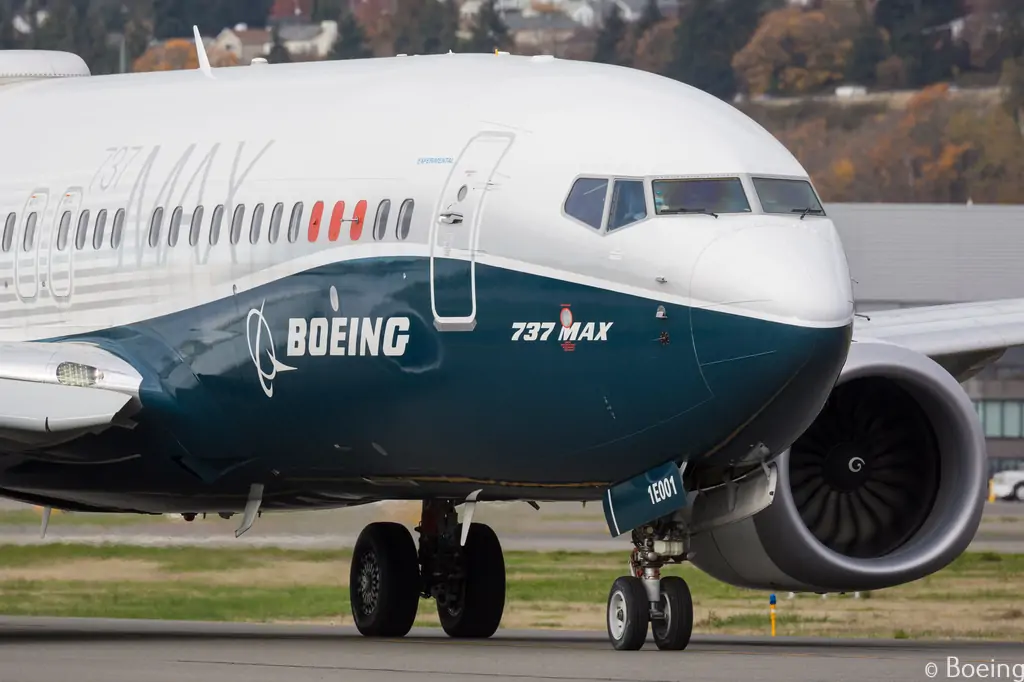
Boeing has started delivering reworked 737 jets from inventory to customers after a manufacturing glitch forced a brief halt, the company said on Thursday, May 25 adding it will be "disciplined" in setting jet prices during the current boom. The resumption could help the planemaker achieve the goal of 400-450 deliveries of the jet this year, a target closely watched by investors as the company looks to recover from successive crises caused by two fatal crashes and the pandemic.
"We still expect the first half of the year to be about 30 per month and the back half of about 40 per month," CFO Brian West said, referring to deliveries, at a conference organized by Wolfe Research.
The company stopped delivering some 737 Max 8s and 737NG-based P-8 military surveillance jets earlier this year due to the problem, which reportedly involved defective clips that attach to vertical stabilisers which connect the vertical tail with the fuselage made by Spirit AeroSystems. Because the issue did not affect all 737s, Boeing never outright halted 737 deliveries. But the hiccup slowed the rate at which Boeing has been handing the narrowbodies to customers. Some analysts had expected the halt to delay Boeing's plans for a 737 MAX production ramp up to 38 per month from 31 currently.
Cash Low & Aircraft Deliveries
But West reiterated that the company expects to hit that target this year. "I don't know exactly when, but that is in our game plan," he added. Meanwhile, West said the top end of Boeing's USD 3 billion to USD 5 billion free cash flow forecast was a "bit pressured," in part due to supply-chain problems at its ailing defence business, even as the planemaker maintained that goal.
West said the current environment was "pretty good for price realization" and that Boeing would be "disciplined" in setting prices. That milestone shows that Boeing’s recovery from the problem is “on track“, he adds, noting Boeing still expects to meet its previously stated goal of delivering 400 to 450 of the narrowbodies this year. Boeing delivered just 18 737s in April but aims to soon hike the rate to about 30 monthly, and then to about 40 monthly by year-end.
Order books at Boeing and its European rival Airbus have swelled as carriers rush to buy jets to tap into a resurgence in travel, increasing the planemakers' bargaining power. "We just keep on selling in the future," West said.
Earlier this month, Ireland's Ryanair said it paid more per seat than in previous deals as it unveiled an order for as many as 300 Boeing jets. Supply chain snarls, however, remain on the watch list. Some parts of the supply chain aren't quite "where they need to be," West said. The problem affects both in-production 737s and an undisclosed number of already produced, in-service jets, though Boeing insists affected aircraft are safe to fly. Boeing’s shares were up about 1% after briefly turning negative on Thursday, May 25.
Boeing Intends To Ramp Up 737 MAX Production
Boeing has upped its monthly production plan to 38 planes from 31. The company expects to deliver up to 450 737 planes this year. Boeing CEO Dave Calhoun has apologised to customers for the delay in delivery of its popular 737 Max aircraft after learning about a manufacturing issue in the aft fuselage section of the plane. "The worst part of the notice of the defect that we got is the timing. It is right at the centre of their (airlines) summer schedules and we have to differ deliveries for that period, it costs some real money, so apologies to everyone, we are working very closely with them, Calhoun told CNBC in an exclusive interview.
Air India & Akasa Air are the two Indian airlines that have placed orders for the 737 Max aircraft and sources said their expansion plans are likely to be hit as Boeing reschedules deliveries. Air India was expecting some 737 Max planes out of the 190 it ordered to be delivered this year itself. Akasa Air is also awaiting 53 of the 72 aircraft it had ordered that will be delivered by 2027.
But according to the Boeing CEO, these delays are for a short period and their annual delivery guidance is on track. "We still believe we are within that guidance, we are clearly going to differ some things from the second quarter to the third quarter & a bit to the fourth quarter, but on balance, we think we are in a pretty good shape to meet that guidance," he said. "As demand surges across our markets, we must focus together on execution and meeting our customer commitments,” the CEO told employees.
737 Fuelsage Issue
Boeing benefited from more 737 and 787 handovers, although “customer considerations” relating to 787s offset the revenues. While it acknowledges that near-term production of 737s will be affected by inspections and rework, following the discovery of a manufacturing process issue in the aft fuselage of certain aircraft, the airframer is maintaining its projection of 400-450 deliveries. It aims to increase 737 output to 38 aircraft per month later this year and reach 50 per month over 2025-26. Boeing also intends to lift monthly production of 787s – currently at three aircraft – to five in late 2023 and, in 2025-26, reach 10.
Referring to the 737 issues, he says it poses ”no immediate safety of flight concern” and that the company will “work diligently” to ensure aircraft meet the company’s standards before delivery. Calhoun says he is “proud of the team” for ”immediately and transparently” bringing the matter forward with the regulator and Boeing’s customers. “This is how we continuously improve,” he adds.
During a first-quarter briefing, chief executive Dave Calhoun stressed that the company was “working in a very constructive way” with fuselage supplier Spirit AeroSystems and that near-term deliveries and production will be lower, and the levels will recover over the coming months.
He says the issue is “understood” and isolated to two specific fittings. “And we know what we have to do,” he states. “Unfortunately the timing of these delivery shortfalls will impact summer capacities for some customers. And we feel terrible about that.”
Boeing delivered 113 737s over the first quarter including 53 in March. Boeing ended the quarter with some 225 737 Max jets in its inventory, including 138 built for customers in China. Some 30 of the Max jets in the inventory are Max 7s and 10s. Boeing stresses that the certification timelines on these variants “have not changed”.
Read next
Singapore Airlines (SIA) constantly evaluates and innovates its in-flight services in order to enhance the customer experience while minimizing the adverse environmental impact. As part of this commitment, SIA initiated a trial to assess the potential of serving in-flight meals in paper boxes on medium and long-haul flights. However, based on feedback from the trial, the airline has opted not to pursue the aforementioned packaging option.
Present Scenario
Singapore Airlines (SIA), a prominent international partner of Air India, has declared that, for the time being, it will no longer use paper boxes for in-flight meals on medium and long-haul flights. This decision is the result of feedback following a study that was undertaken earlier this year, as reported in the media.
In recent months, several netizens have criticized the national carrier's economy class meals, with the paper service ware trial sparking debate about the airline's food presentation. The article said that SIA has previously responded to criticisms about cost-cutting by noting that the experimental meal boxes cost more than the disposable plastic casserole plates that it uses.
Trial feedback and decision not to proceed
Following the trial period, Singapore Airlines (SIA) acquired excellent input on the usage of paper boxes for in-flight meals from passengers and crew members. The responses suggested that this packing choice had several limitations and issues. Concerns expressed throughout the experiment included leakage, a lack of structural integrity, and difficulties in handling.
Environmental Concerns and Sustainability Initiatives
Singapore Airlines (SIA) is committed to resolving environmental problems and actively engages in aviation industry sustainability efforts. Recognizing the environmental effects of single-use plastics and non-biodegradable materials, the airline is always looking for alternative solutions that encourage sustainability.
Alternative Packaging Solutions for In-Flight Meals
While Singapore Airlines (SIA) has decided not to use paper boxes for in-flight meals at this time, the company is committed to investigating alternative packaging choices that prioritize sustainability. SIA hopes to develop eco-friendly materials and new solutions that solve the issues encountered during the trial period by collaborating with suppliers and industry experts.
Benefits of Sustainable Practices in the Airline Industry
Singapore Airlines' (SIA) decision to phase out the usage of paper boxes for in-flight meals emphasizes the relevance of sustainable practices in the airline industry. Airlines may make substantial contributions to the preservation of the world by implementing ecologically friendly methods.
Conclusion
Following feedback from its experiment earlier this year, Singapore Airlines (SIA) has chosen not to use paper boxes for in-flight meals on medium and long-haul flights. This decision underlines the airline's dedication to offering high-quality services while also putting environmental sustainability first.
With Inputs from Money Control

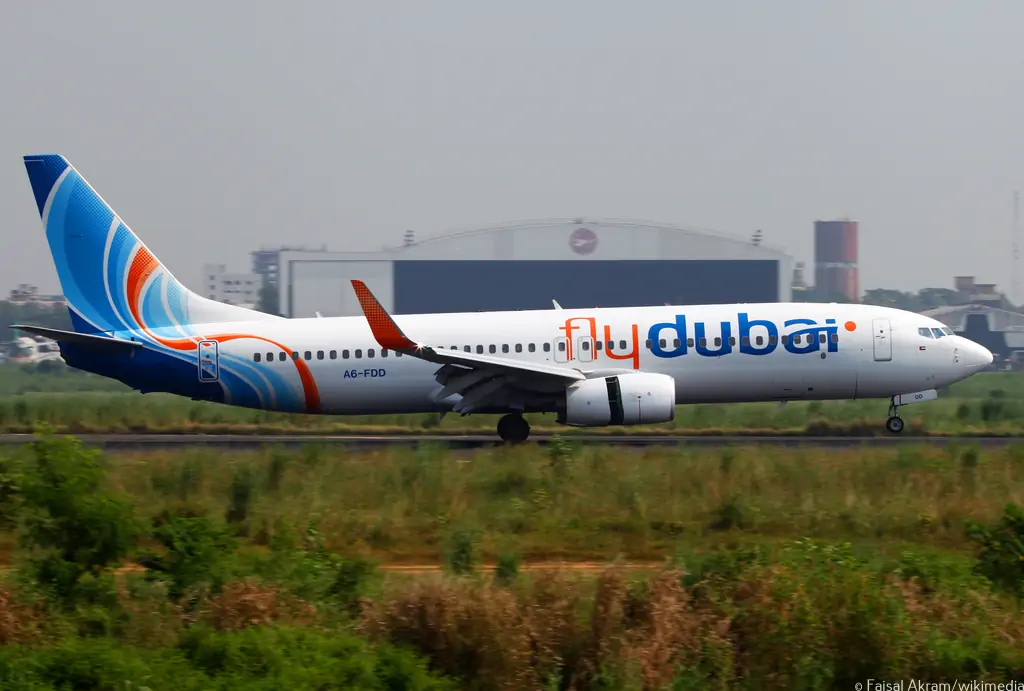
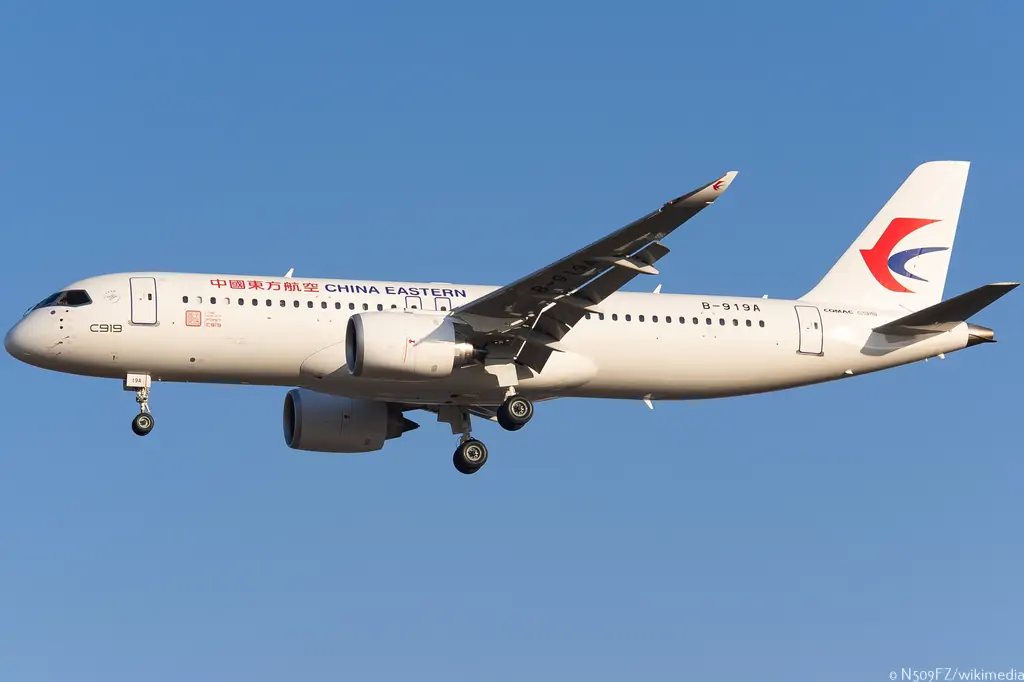
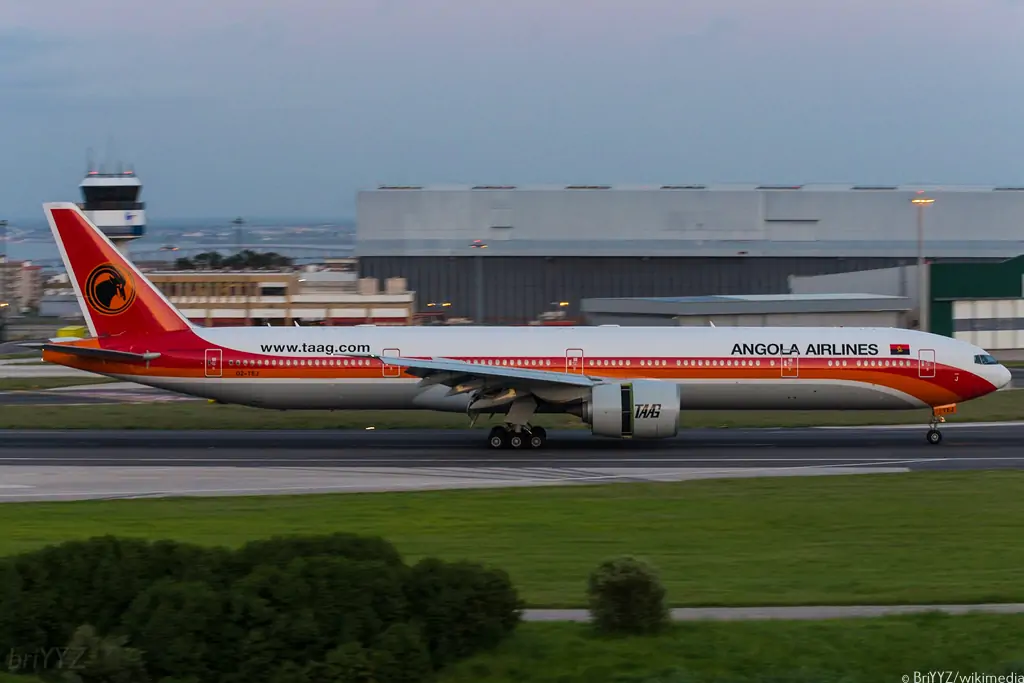

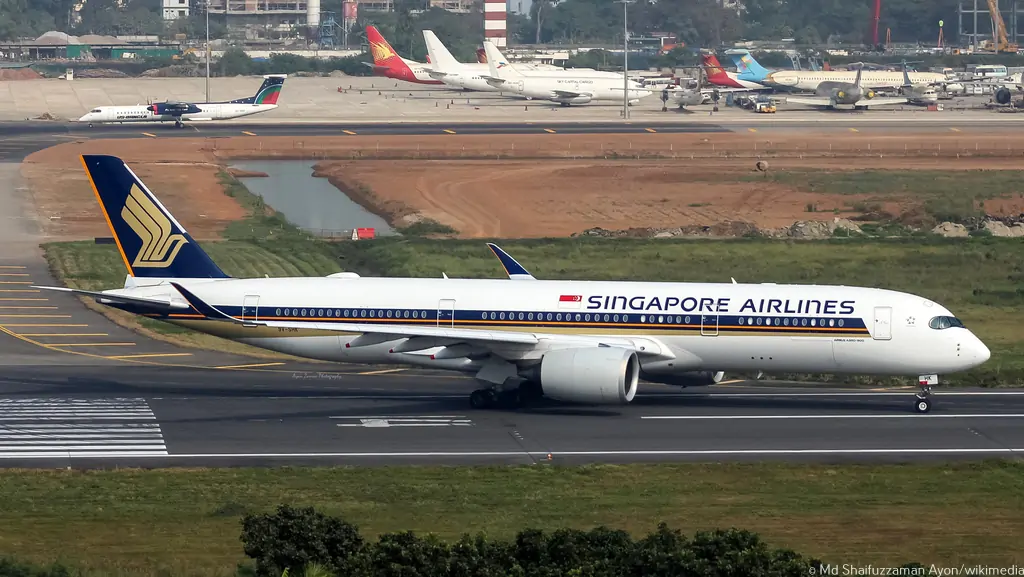
Comment